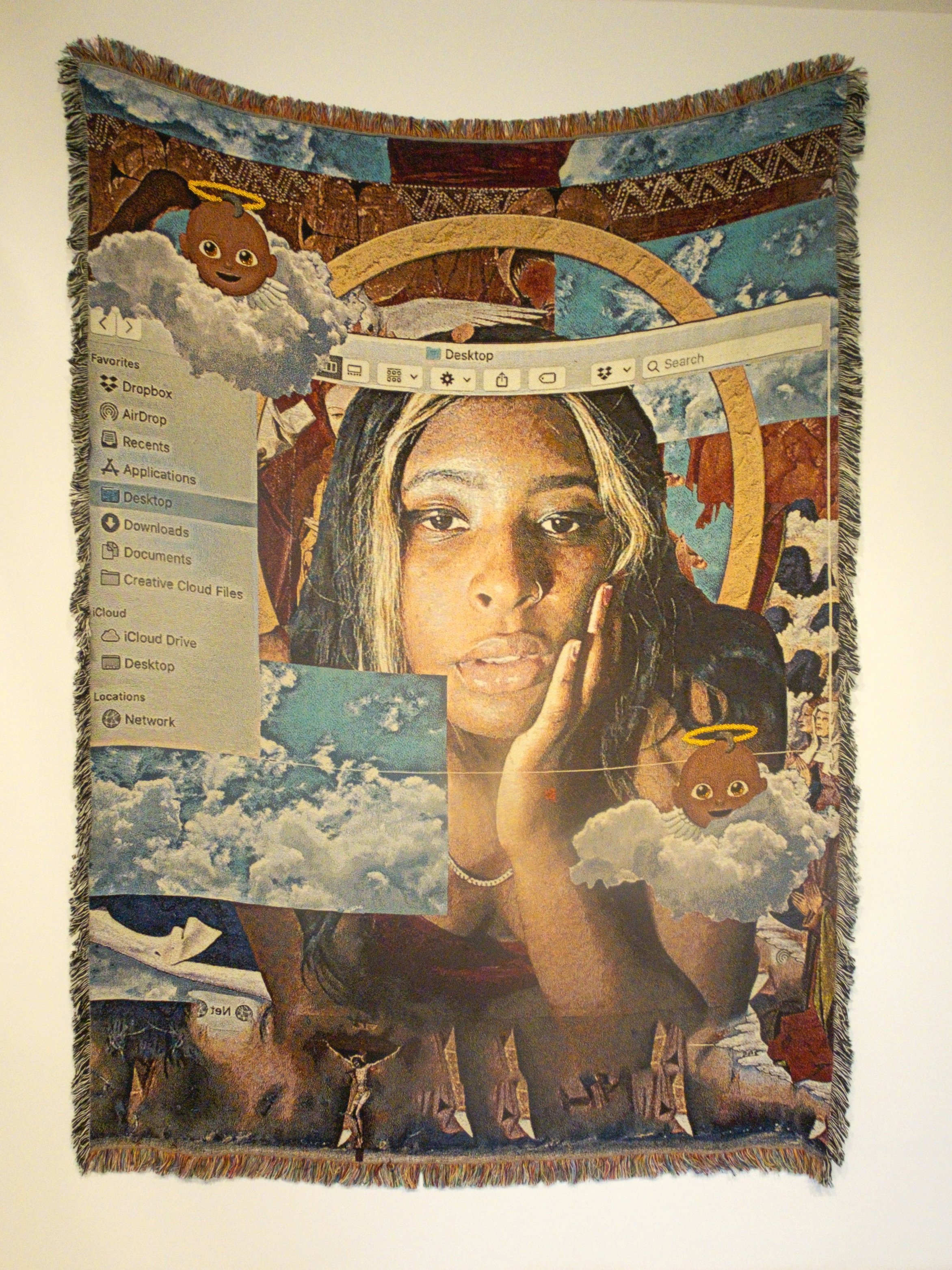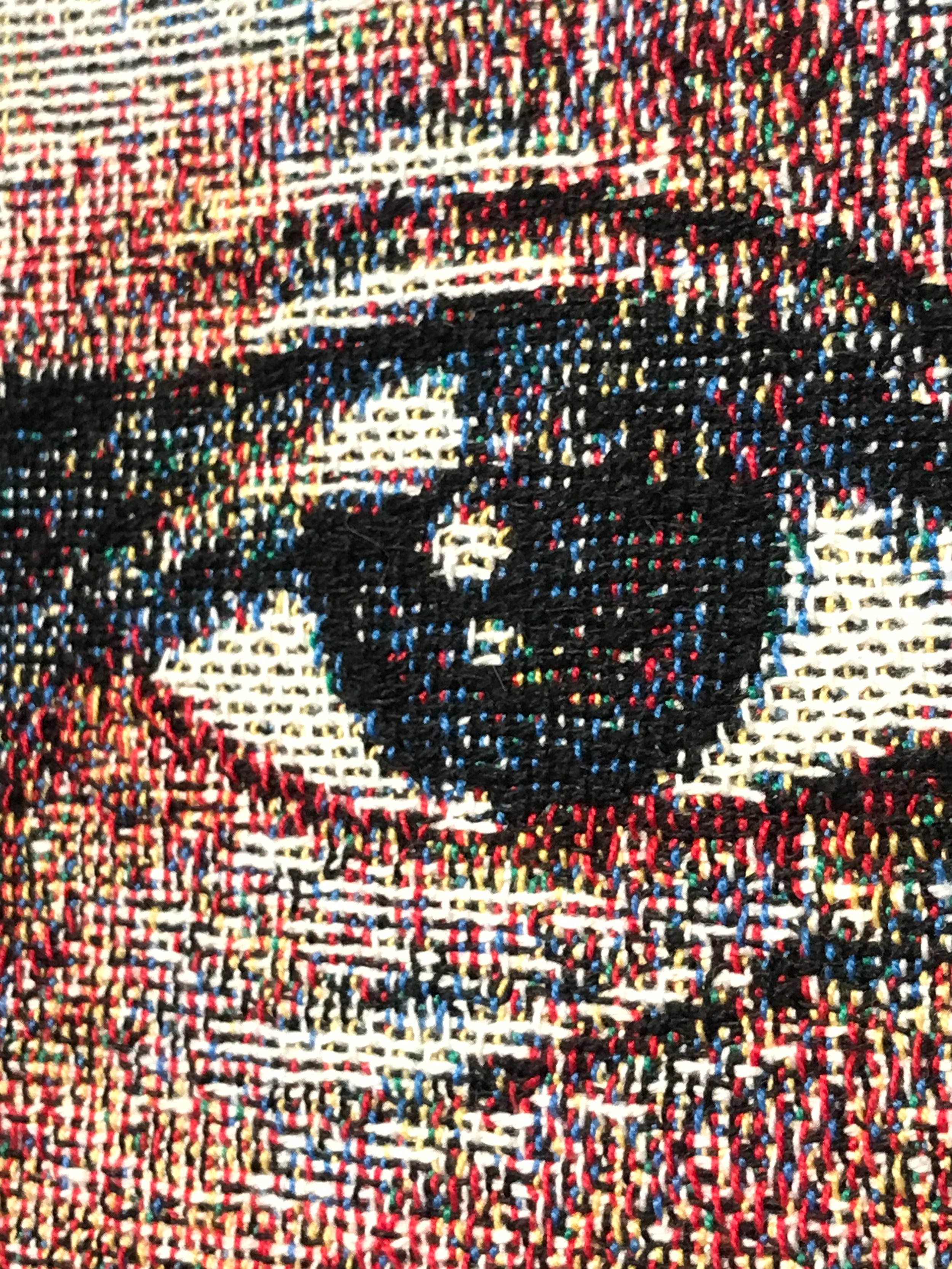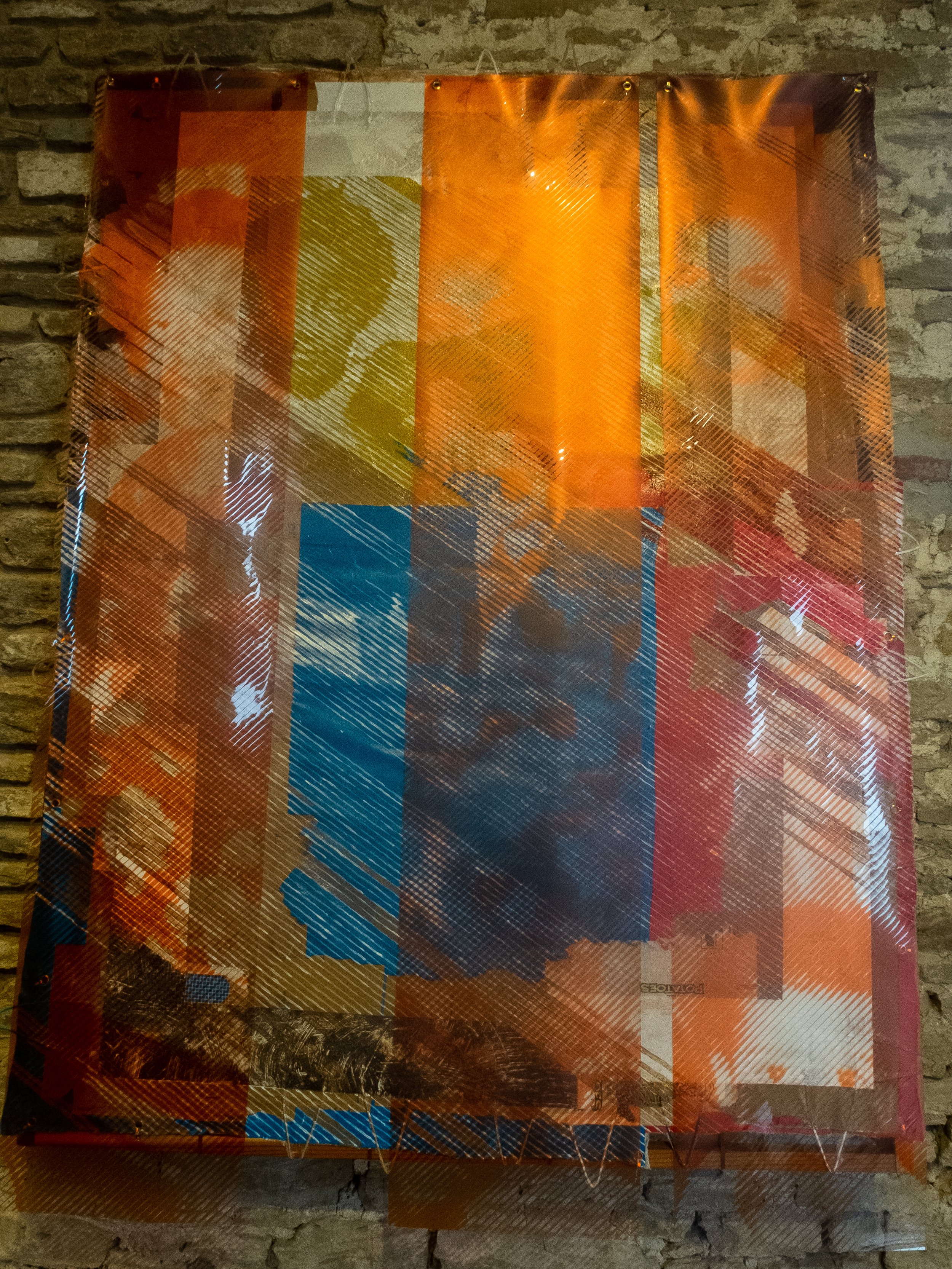The New Bend: Hauser & Wirth Somerset
“In terms of how we conceive of art and artists, quilting can be instructive because it breaks apart the entire idea of what an artist is supposed to be. This romantic, problematic idea of mastery, of a genius isolated in the studio, as opposed to opening up a collective model that requires dialogue and discourse and exchange, and contribution that comes from many different points.
Feminism teaches that, Black history teaches that, Indigenous history teaches that, queer history teaches that. This exhibition is looking towards that future and hopefully it’s an opportunity to build and accelerate towards it. Because certainly the arts will not survive if the traditions that have been established from previous chapters of art history are the only ones that are recognised. We have to do some work of reimagining.”
“The New Bend” at Hauser and Wirth Somerset: this exhibition was a joy. Named so after the famous Gee’s Bend Quilters, who deserve a blog post all of their own, these are artists who continue a legacy of radical quilts. Yep, you heard me: Radical. Quilts. Massive breath of fresh air.
The art world has historically made a not-so-arbitrary distinction between ‘fine art’ and ‘crafts’. Get out a brush and some paint, you’re an artist, create images with textiles and you’re relegated to this lower status. The narrative of ‘domestic crafts’ vs ‘arts’ is changing.
Moreover, the topic of textiles as a whole has consistently been de-politicised - to the great convenience of some. This is work that done by women and by people of colour, done in communities and in factories - all to manufacture things that are essential for our survival. These factors inevitably make textiles a deeply political subject. Yet it has been safely relegated by society as being “Something your nan does” and the true cost of fast fashion is outsourced and hidden from us, the “spatial fix” of Capitalism.
Another problem that I in particular have encountered is that most people have never heard of shibori. I reluctantly have to frame it in terms of ‘tie dye’, which feels crude and culturally disrespectful to the finesse and ingenuity of the Japanese masters. And for those who know shibori, it conjures up images of almost austere white-and-blue dyed fabrics. Whilst I think these are beautiful, this not the end goal of my work.
I recall that one time I turned up at a gallery with framed work, and was told blithely to “Put it on a handbag” once the gallery owner learnt it was on textiles and that I was not, as he thought initially, a fine art printmaker. I was being told that my work had little value in and of itself, but - if I was enterprising - I could cut and paste it onto a piece of consumable and disposable fashion.
Things are changing now.
I do think this exhibition would have benefitted if the names and titles of works were clearly stated in the gallery space. Given the historical context of oppression and erasure of the people who have made this work, I would have loved to have seen their names upheld proudly.
You can do a virtual tour of the exhibition here.
Quilting, within the black cultural tradition, has always served as a revolutionary space of joy, courage, and community in direct contrast to social and financial subjugation.
Basil Kincaid








